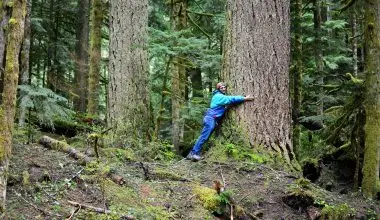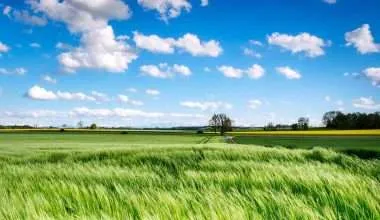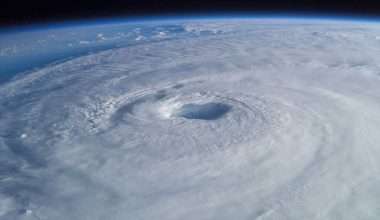Table of Contents Show
Coffee is more than just a drink, it is a culture. People sit together and have a cup of coffee to enjoy among around and to exchange information. People wake up every day in the morning and the first thing they have is coffee, it freshens them up and helps to start their long tiring day.
Coffee isn’t even bad for your health, on the contrary, it’s proven by scientists to help you protect against type 2 diabetes, liver diseases, and also lowers the risks of cardiovascular diseases such as heart failure.
Coffee was discovered in the 1500s in Ethiopia by a goat herder as he noticed his goats eating coffee cherries. Coffee is currently the second largest traded commodity on the planet after Crude oil and is said to generate $100 billion in revenue worldwide.
America’s coffee consumption is around 400 million cups of coffee every day, making United States the leading consumer of coffee in the world.
Coffee beverage is like no other, it’s irreplaceable!
Here’s a surprising fact about coffee: Drinking coffee once used to carry the death penalty!
Sultan Murad IV, a ruler of the Ottoman Empire in 17th Century, absolutely hated coffee. Under his rule, coffee drinking was a capital offence, punishable by death.
Coffee is grown in more than 50 countries around the world with 67% of the World’s coffee being grown in America only. Rest of the coffee production takes place in developing countries; with Brazil, Vietnam, and Columbia leading the way.
Although the coffee industry is a multi-billion dollar business that provides the world with a daily dose of caffeine to kick start their day or shape their mood, there is now a growing risk of reduced coffee production due to climate change.
Different Types of Coffee
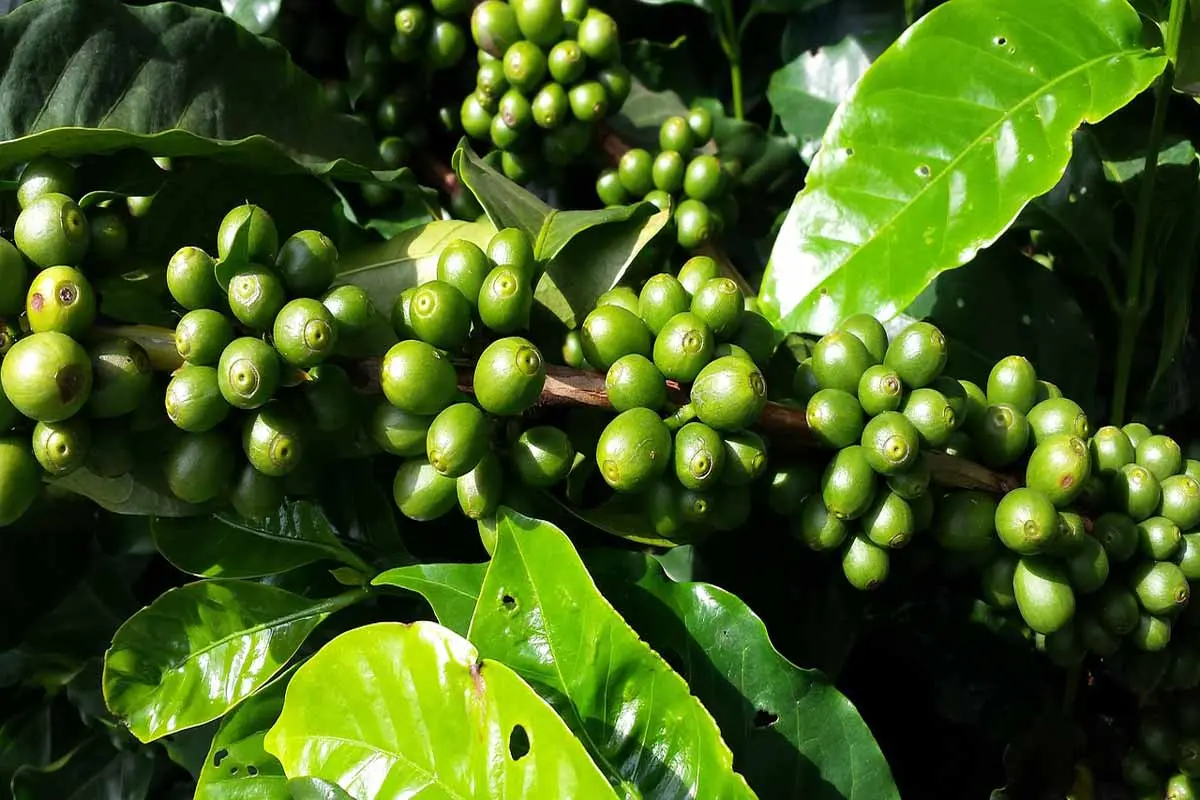
Temperature and Rainfall are the most important factors that bring in coffee yields. 99% of the world’s coffee is sourced from two coffee species; Arabica and Robusta. Both of these coffee varieties need different climate conditions to thrive.
Arabica Coffee
Arabica Coffee (Coffea Arabica or Arabian Coffee) grows in cool and shady environments of Ethiopian highland forests. These forests are unique to have a single dry season during their winter months.
The best temperature range for growing Arabica coffee plant is between 15 and 25°C. Temperatures higher than 27°C tend to have a negative effect on crop yield and quality. Talk about a 2° difference!
Rainfall requirements of the Arabica species crop are around 1500 to 2000 mm per annum. Areas with lower amounts of rainfall have to make do with irrigation water.
Columbia is the World’s largest producer of Arabica coffee. As the Arabica bean needs specific weather conditions to grow, rising temperatures and changing rainfall pattern have developed inconsistent coffee yields.
In a survey of Columbian coffee farmers, 9/10 verified temperature increase and ¾ mentioned longer droughts.
P.S: Coffea Arabea is responsible for 60% of global coffee production.
Robusta Coffee
Robusta coffee (Coffea canephora) grows across Equatorial Africa, especially in rainforests of Congo River Basin and near Lake Victoria Crescent in Uganda. Robusta coffee cultivation can occur in a wide range of altitudes, ranging from 0 to 800 meters!
This plant needs moderate temperatures of 22°C to 26°C. In extreme temperatures, Robusta coffee bean is less tolerant than Arabica.
The Robusta crop needs a good amount of rainfall around 2000 mm per annum. Rainfall needs to be scattered throughout the year. This is because Robusta plant has shallow roots which don’t retain water in the soil for long.
We will now look at the relationship of climate change and coffee production, effects, and discuss possible solutions for it.
Effects of Climate Change on Coffee Production
Global warming, deforestation, pests, and diseases are collectively contributing to the decline of coffee species. A study found out that 60% of wild coffee species are at risk of becoming extinct by 2050 due to these reasons.
Experts warn that if conservation efforts are not put in place, we might soon have a future without the world’s most popular drink.
1. Reduced Quality
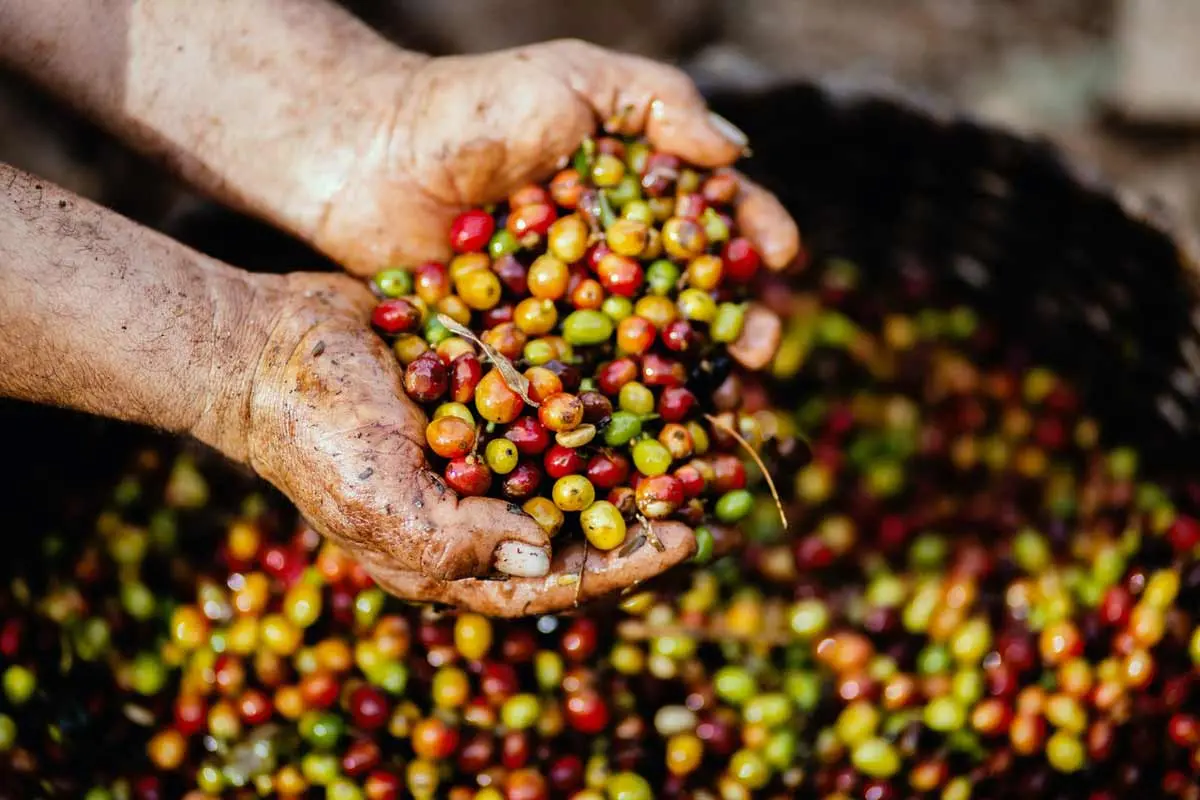
A rise in temperature speeds up the ripening process of coffee beans. This reduces their inherent quality. Imagine someone who grows but doesn’t get mature.
This claim is supported by the fact that coffee beans harvested from lower altitudes show less quality in the cup, as compared to beans from high-altitude farms.
The coffee beans will be larger, but they’ll be soft and lacking in quality or aroma.
If estimates of rising temperatures turn out to be true and it rises by 3°C over the century, the minimum height of farmland suitable for coffee growth will rise by 15ft every year. This might open up higher altitudes for farming, but we can’t be sure of suitability of soil in very high altitudes.
2. Reduced Yields
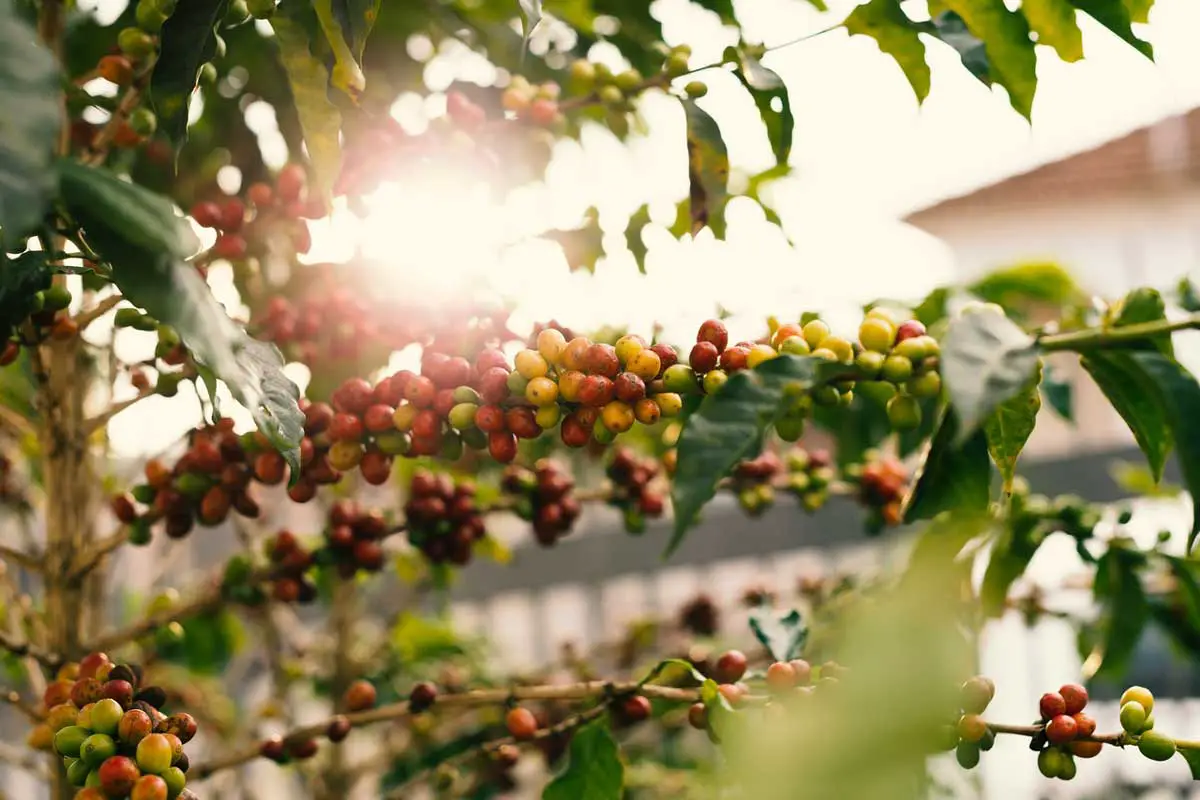
The most special time of plant growth in coffee cultivation is when the coffee tree is flowering or fruit-setting. If adverse climate conditions, with reduced rainfall, occur during these special timings; we will have significantly lower coffee yield.
As I mentioned, major factors that define potential yield are temperature and rainfall patterns. Tropical regions are more at risk of developing adverse weather conditions.
Both of these factors can have a significant effect on crop phenology (periodic patterns of biological lifecycle).
There is a probability that the temperature will rise by 1.5-4.5 °C until the year 2050. Whether there is an increase of 1.5 °C (ideally) or 4.5 °C (worst-case scenario), the reduction in average rainfall will still happen. September and August are estimated to be hit with the most reduction.
P.S: Competition for arable land will also increase, as some farmlands become useless for coffee production.
3. Increased Pests and Diseases
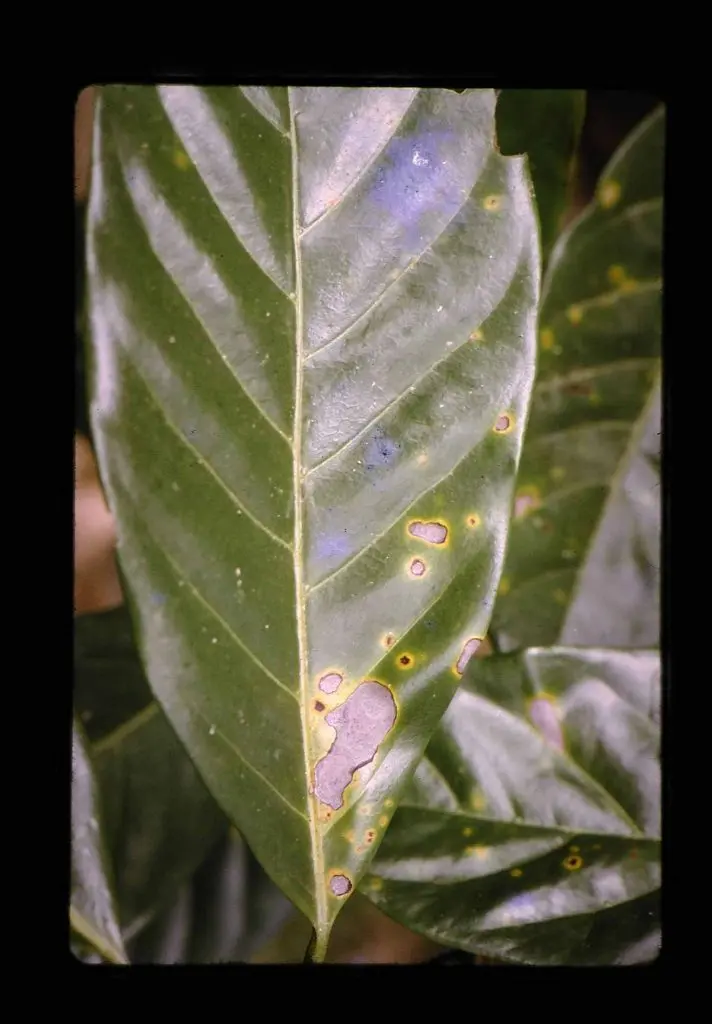
Higher temperatures promote growth and multiplication of pests and diseases. All biological processes speed up with higher temperatures. They get energized!
These pests will also have energy to travel longer distances, to new regions.
Common pests and diseases of coffee crops include coffee berry borer, leaf miner, nematodes, coffee leaf rust and others. All of these will increase as temperatures rise.
This way, temperature has an indirect effect on the coffee crop.
Our need for more control over pest populations will only make coffee production more expensive, complicated and environmentally dangerous.
Let’s talk a bit more on coffee leaf rust disease. Coffee rust is caused by a fungus named Hemileia vastatrix. Infection occurs on leaves of the coffee plant, with powdery lesions orange-yellow to red-orange in color.
Coffee leaf disease (Image above) was first explored in 1861 by an English explorer. He observed it on wild coffee species in Lake Victoria region of East Africa. Officially, the disease was described and published by Berkley and Broom in the Gardener’s Chronicle (November 1869 Edition).
Initially an epidemic, Coffee leaf rust (CLR) was endemic to all coffee-producing regions by 1990. There was also an epidemic of coffee rust in 2013 across ten Latin American and Caribbean countries.
Most recently; rust was detected by Agriculture Research Department of USDA in the second-largest Hawaiian island of Maui. Further testing revealed an epidemic spread to the largest island, Hilo.
Temperatures reaching up to 27 °C (due to climate change), will only potentiate the lifecycles of Hemileia vastatrix (Fungus that causes CLR).
4. Irrigation Needs
Areas that don’t need irrigation today might need it in future. This is because there will be increased evaporation of soil moisture, so you’ll need to supplement water with irrigation.
Variability of rainfall is unexpected; some might experience increased rainfall whereas others will experience drought conditions.
Hence, it’s recommended to ensure irrigation for your farm. Remember to learn water management when you do.
5. Carbon Dioxide Effects
Another factor that is considered important, but still not understood entirely is the response of coffee to increasing greenhouse gases like carbon dioxide in the atmosphere. That’s also climate change factor isn’t it?
Most plants respond well with increase in carbon dioxide concentration; with increased water conservation and efficiency. This might help to partially offset some of the negative consequences of increased water stress that happens with changing temperature and rainfall.
6. Socio-Economic Effects
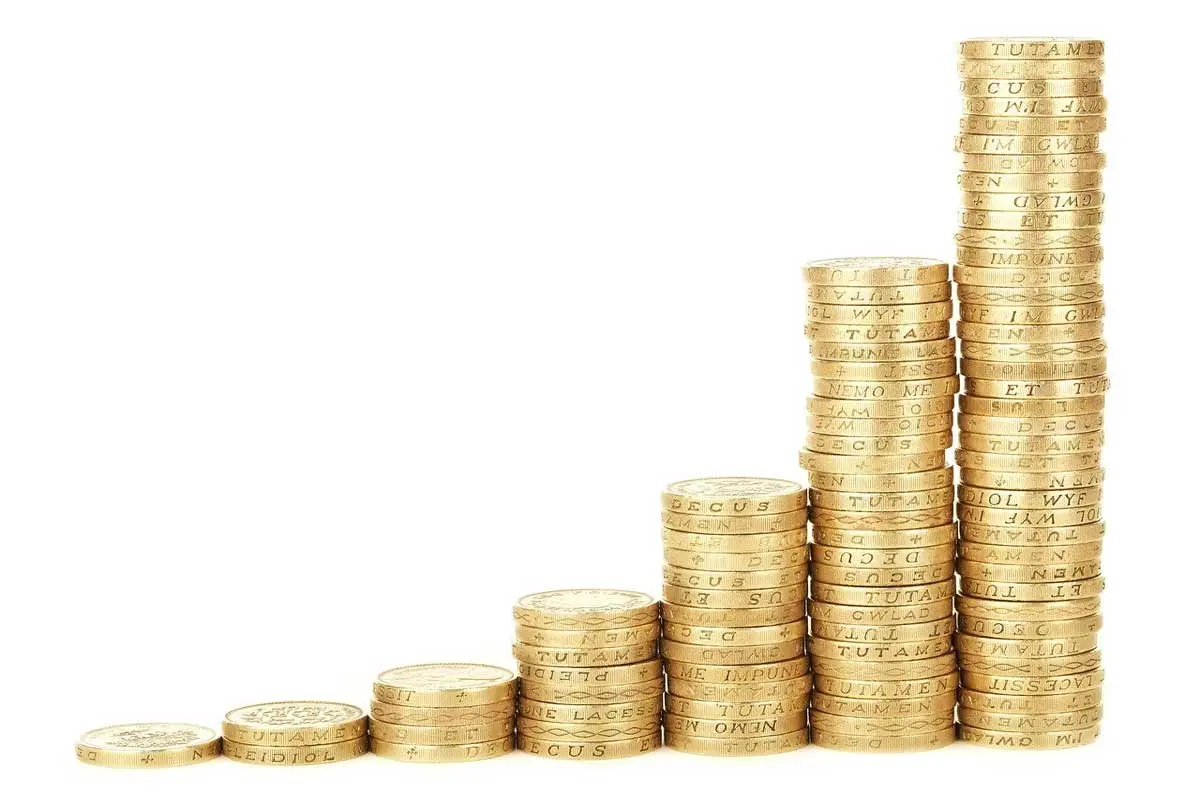
Studies have shown that coffee-growing regions around the world are already suffering from a change in these conditions. These will only get worse in future.
There will be severe consequences for coffee growers around the world. Reduced global coffee production will increase demand and hike overall prices of coffee in global markets.
Climate change can singlehandedly be responsible for increasing coffee price in future!
Small-scale coffee producers are at a greater risk of suffering from effects of climate change. It is estimated that 25 million farmers who sustain themselves by growing coffee, are facing threats of losing their livelihoods. Coffee-lovers would be concerned with the fact that 70% of the world’s coffee is sourced from small landholders with 1-2 acre farms.
Furthermore, counties like Brazil and Vietnam, which heavily rely on coffee to drive their economy, will see a significant decrease in their GDP as years go by.
Coffee Prices will go up!
Consumers haven’t been able to notice the decline or effects on the coffee supply chain, mainly because it’s still abundantly available everywhere on supermarket shelves and new corner cafes keep opening up.
Here’s an interesting fact: 1712 new corner coffee shops opened doors in 2020!
However, we aren’t far from the time when we will see coffee lovers get affected by climate change issues with higher coffee prices and reduced quality levels.
As a coffee drinker myself, I’m also worried about the impact climate change might have on the coffee industry. I can’t imagine paying $10 for a single cup of coffee!
Best Solutions to Reduce Climate Change Impact on Coffee Production

1. Sustainable coffee cultivation
Farmers are now increasingly adopting sustainable farming practices throughout the world. It is now time that these sustainable practices are also brought into the world of coffee production.
These sustainable practices must be applied in general which include Afforestation, reforestation, and reducing deforestation. These practices will not only allow coffee production to thrive, but will also protect the agro-ecosystem holistically.
Agroforestry systems are best-suited to a sustainable coffee farm. They will also allow farmers to practice diversification of income (Up ahead).
Coffee cultivation needs to be sustainable. Period!
2. Water Management
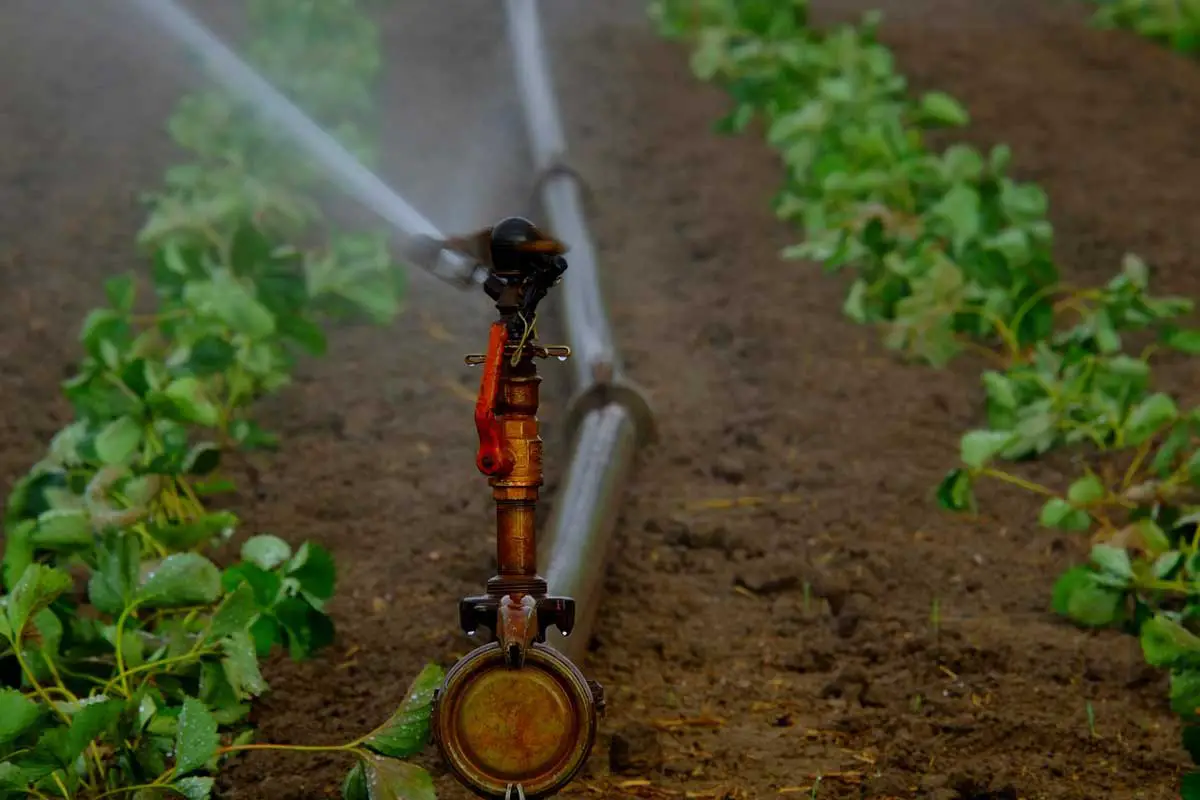
It’s predictable that climate change will reduce/change water availability in highland areas where coffee is grown.
There is expected to be a significant rise in evapo-transpiration. Groundwater and Natural River reservoirs are said to decrease, especially during the dry seasons.
During this season, irrigation will be critical for the development of buds on the coffee tree.
There is potential to improve the efficiency of water management and irrigation. Artificial irrigation is the best solution for water scarcity.
Water management should be measured and critically analyzed, to save as much water as possible and enhance efficiency.
New irrigation methods, with better conservation efficiency, should be adapted. Examples include Drip and Sprinkler irrigation systems.
3. Soil Management
Once groundwater will fall and evapotranspiration will rise, soil fertility and resilience will severely get affected.
Farmers should also be careful of how intensive fertilization and mono-cropping will have an impact on soil conditions. All of these factors will have long-term negative effects on coffee production.
Thus, drastic soil conservation measures should be taken to enhance soil resilience. These measures will help in protecting it from soil erosion and landslides. The water storage capacity will also be enhanced.
4. Training Farmers and Capacity-building
Awareness programs must be used to teach farmers and provide them with knowledge and equipment to tackle climate change with new adaption practices.
A small-scale coffee farmer often lacks technical information to make good decisions about food production and agricultural processes.
Government institutions should be supportive. They should provide training and capacity-building measures that will make it easy for farmers to integrate the coffee sector into future national adaption plans.
5. Diversification
Farmers are at a risk due to high dependence on coffee as monoculture crop. To reduce risk and enhance resilience of the agriculture system, more options are needed to diversify products. A farmer’s major income must be identified, and worked upon to diversify it.
Diversification is one of the most important decisions a coffee farmer should make; especially to reduce the risk of climate change affecting their farmland.
However, it is difficult to convince most farmers to adopt diversification. Most don’t have the foresight to predict economic profits and others are driven away by high financial cost of changing crops.
However, a small percentage might just be too lazy and wouldn’t want to do anything about climate change until it’s too late. Alas!

